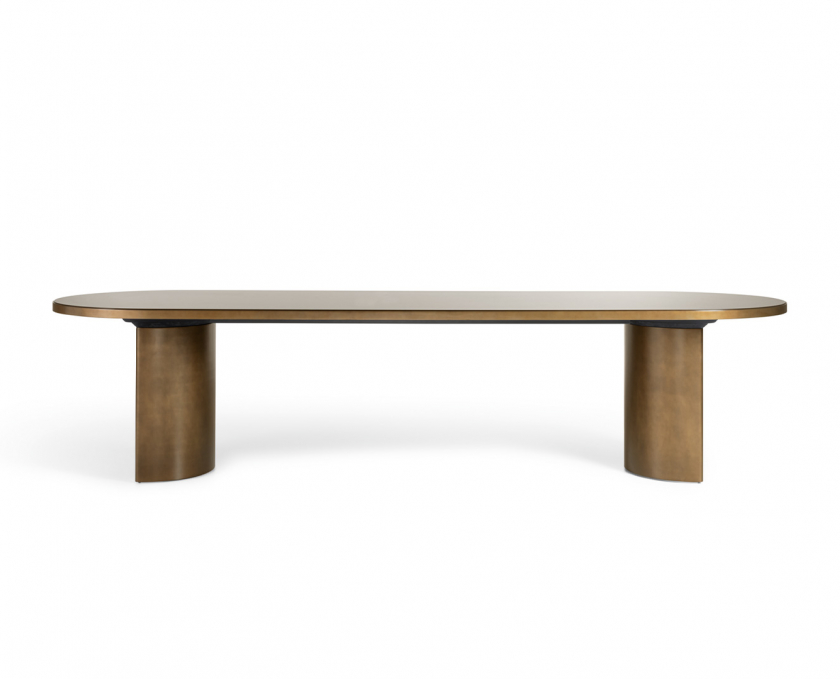
Ignazio Gardella was born on March 30th 1905 in Milan, he qualified in engineering in 1930, and started his profession in the engineering studio founded by his father Arnaldo, again in Milan. Right from the beginning of his long and prolific working life, he adhered to the expectations of rationalism. His main works of the 1930s include the enlargement of Villa Borletti in Milan (1936) and the anti-tuberculosis dispensary in Alessandria (1938). In 1949 he graduated in architecture at the Venice IUAV where, starting from 1950, he embarked on a university career, up until 1975. After the war he took an active part in the architectural debate: a member of the MSA (Architecture Studies Movement), in 1947 he took part in the first INU (Istituto nazionale di urbanistica) congress, and between 1952 and 1956, along with Alberto Samonà, Franco Albini and Ernesto N. Rogers, he directed the CIAM (Congrès Internationaux d’Architecture Moderne) summer course in Venice; he was a member of the Italian delegation at the last CIAM congress in Otterlo (1959). His post war works included a hostel for the Borsalino employees in Alessandria (1952), Milan’s contemporary art gallery (1953), a home at the Zattere in Venice and the Olivetti canteen in Ivrea (with Roberto Guiducci, both in 1958), the Alfa Romeo offices in Arese (1972), the Monument to the dead of the partisan struggle and the Piazza della Loggia in Brescia (1984, 1988), the new Carlo Felice Theater in Genoa (with Aldo Rossi and Fabio Reinhardt, 1990). Ignazio Gardella passed away in Oleggio on 15 March 1999.
Gardella historical archive
ガルデラ歴史資料館では、イタリア建築における立役者の一人であるイニャツィオ・ガルデラ(Ignazio Gardella)を始め、5世代にわたる建築家の活動を保存しています。
Ignazio Gardella
for Molteni&C
Molteniグループの製品、ニュース、イベントのお知らせを受け取る
製品